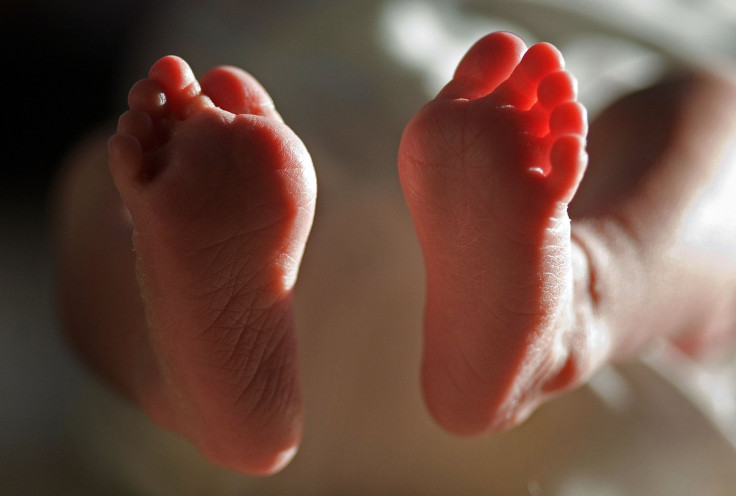What Is Mermaid Syndrome? Rare Disorder Causes Babies Born With Fused Legs

A woman in West Bengal, India, gave birth to a child stricken with a rare congenital deformity known as sirenomelia, or "Mermaid Syndrome." The baby died four hours after delivery due to complications, according to reports Wednesday.
Muskura Bibi, 23, gave birth to the child who had fused legs at the Chittaranjan Deva Sadan Hospital, a government-operated facility in Kolkata.
Doctors could not determine the sex of the newborn due to its fused legs and underdeveloped pelvis. Lack of nutrition or improper blood circulation in the mother can cause the syndrome, doctors said. Sirenomelia is diagnosed based on anomalies present in the lower limbs and spine.
Babies with Mermaid Syndrome usually die from complications linked to irregular kidney and urinary bladder development and function, according to reports.
"I had never seen such a baby before. It is the first case of sirenomelia in the state and second in the country," Dr. Sudip Saha, a child specialist at the hospital told Times Now.
Saha explained that Bibi and her husband were poor and unable to afford proper medication or even a sonogram during the pregnancy. They learned of the deformity just as their baby was born.
"The baby had a normal formation in upper part of the body but below the waist, its legs were fused together. The lower part was not developed completely," Saha added.
Shiloh Pepin, an American girl from Maine, was born with Mermaid Syndrome in August 1999. Doctors didn’t expect her to survive after birth, but she continued to live until she was 10 years old. Pepin's condition had worsened with age and she was hospitalized in critical condition for a week before she died in 2009.
Some children can survive the syndrome with surgery to separate the fused legs, though that wasn’t an option for Pepin due to vital blood vessels that crossed in her legs.
The exact cause of sirenomelia remains unknown, according to the National Organization for Rare Disorders (NORD). Experts believe that environmental and genetic factors both support the development of the syndrome. The condition is rare and only found in approximately one out of every 100,000 births. It is 100 times more likely to occur in identical twins than in single births.
© Copyright IBTimes 2024. All rights reserved.











